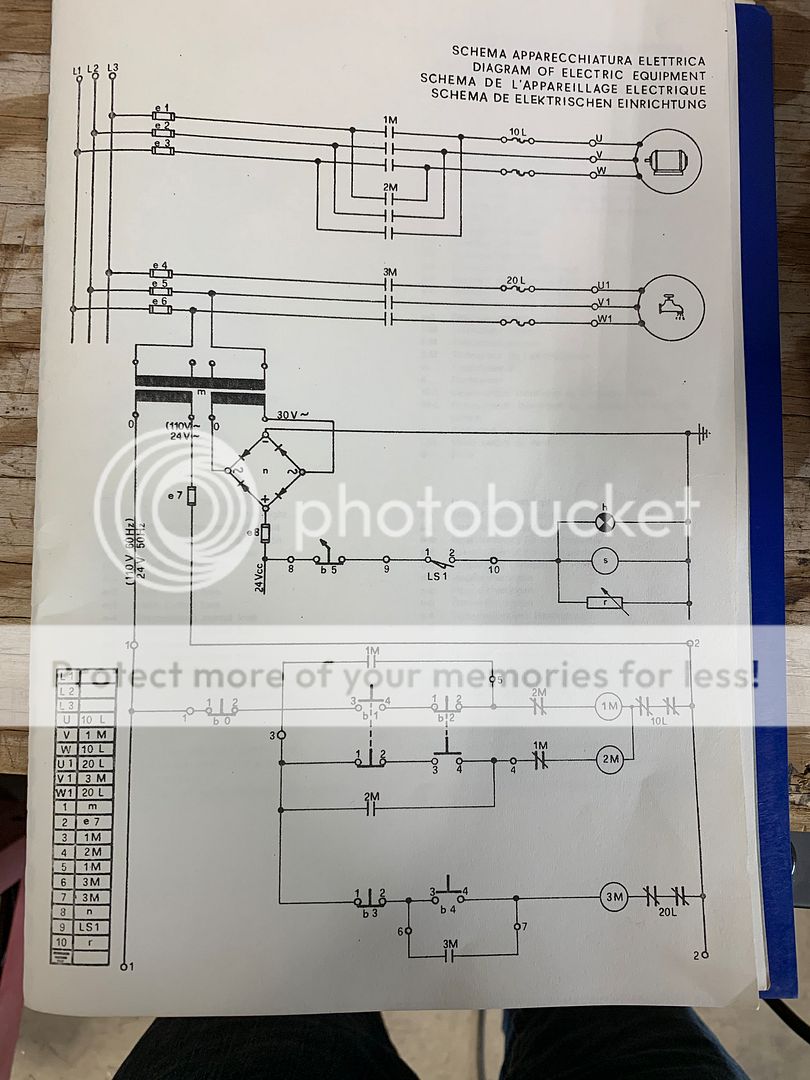Awleaphart
Aluminum
- Joined
- Mar 16, 2019
Hello,
Set up-Step down transformer 220V to 110V on one side the other side 30V. The 30V goes to a rectifier and then comes out as 24Vcc that goes to a brake on my lathe. When i turn the brake on it blows the 3 amp 250V fuse. So I checked the rectifier and it checks good until I turn the brake switch on. It has about .54 resistance in all directions. With the switch off it checks out good. Is this correct?
Thanks
A Leaphart
Set up-Step down transformer 220V to 110V on one side the other side 30V. The 30V goes to a rectifier and then comes out as 24Vcc that goes to a brake on my lathe. When i turn the brake on it blows the 3 amp 250V fuse. So I checked the rectifier and it checks good until I turn the brake switch on. It has about .54 resistance in all directions. With the switch off it checks out good. Is this correct?
Thanks
A Leaphart



